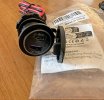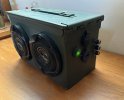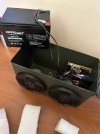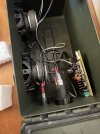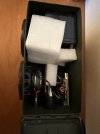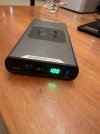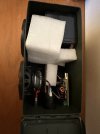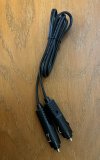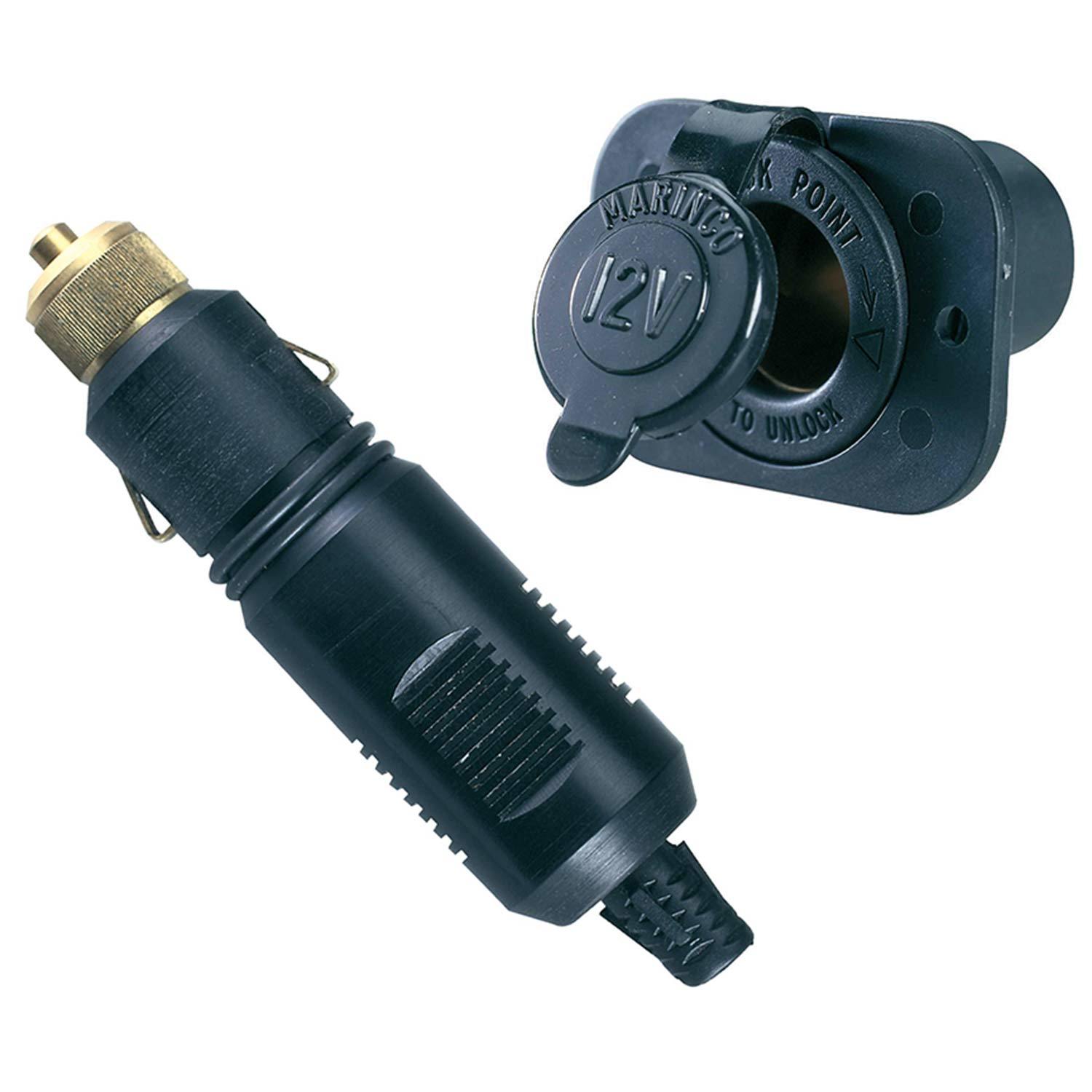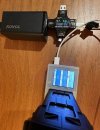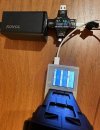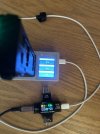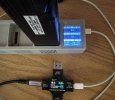Ok, first, not to be condescending, let's clear up some terms. Pure Sine Wave. That refers to AC power, like from your wall socket. What our batteries consume is DC, hopefully no waves at all. The USB-C ports put out several different voltages, depending on what is receiving the power can handle. Anywhere from 20V to 5V DC. The Pure Sine Wave thing most of these power banks talk about is in reference to the inverter, which converts DC to AC for appliances and power supplies, things you would plug into the wall socket.
So essentially what you want is akin to a box with a small car battery in it. In this box, you put some sockets, much like you car has for 12V out. Additionally, in recent years, we can add things that do the various USB charging functions for our phones and drones. All the other stuff they talk about is noise.
Now since I first made that ammo box contraption, things have changed. I have gone through a couple of different batteries. It seems leaving it in my. hanger in the winter, which has the balmy temps of -20F during the winter is toxic for batteries. Battery tech is moving on, so I might be inclined to use a LI-FE battery now, probably will when the present one croaks. They are lighter for the same power density. More Amp hours per pound and size.
The adaptors, one is a straight 12v socket and the other a USB A & C outlet. They need a 1" hole drilled. The amp, which was similar to this one, but the one I have is long obsolete.
AMP
The USB socket is this one:
USB Socket
It is what you need to charge up the batteries, or you can plug something like I pointed out earlier into the regular 12V socket.
The speakers were what was on sale at the time at Crutchfield happen to be JBL's.
This is the battery I got the last time, since the Oddessey died:
Battery
The Ammo box is a .50 Cal size, but this one is for 10 Clips of 5.56. I kind of have a few left over from previous life. When everything is installed I stuff some closed cell foam bits in there to keep stuff from rattling. Surprisingly, it makes the speakers sound better.
The Switch was from, of all things dead and gone, Radio Shack. I like it since it lights up and keeps me from leaving it powered up most of the time.
Now I also have a Goal Zero Sherpa, a 25,600 mAh brick I use in the field when I go overseas. It will do 100W USB-C. Mainly I charge my phone and stuff with it, but it will do a battery for a drone fairly quickly, not too many of them though. It will fit in your backpack, even has a wireless iPhone charger. It is also hideously expensive. I got it on sale at REI with a 20% off coupon and some credit I had for something or other. I most likely would not have paid full price for it. However after having it in the field two seasons in South Africa and Namibia, I have become quite fond of it as has everybody in my camp.
View attachment 165305View attachment 165306View attachment 165307
View attachment 165309



